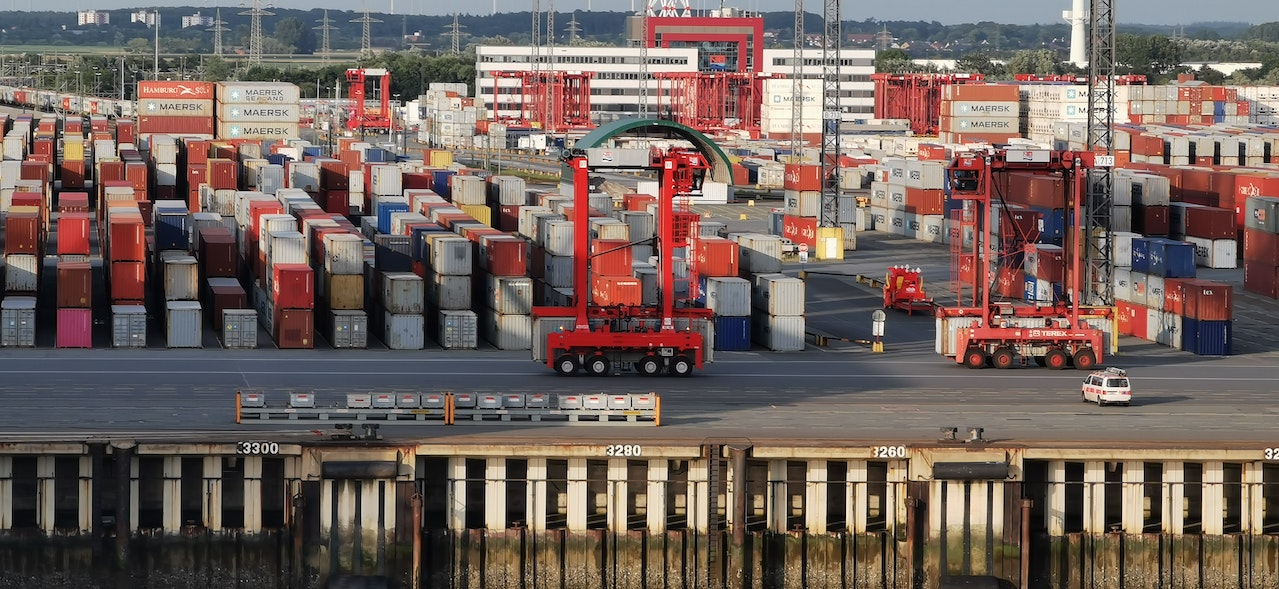Intermodal transportation relies on specialized equipment and infrastructure to facilitate the seamless transfer of goods between different modes of transport. In this article, we will explore the essential components of intermodal equipment and infrastructure, examining their role in enabling efficient freight movement within intermodal networks.
Types of Intermodal Equipment:
- Containers:
- Standardized containers are the cornerstone of intermodal transportation, facilitating the efficient handling and transfer of goods between ships, trains, and trucks.
- Containers come in various sizes and types, including dry van containers, refrigerated containers (reefers), and specialized containers for specific cargo types.
- Trailers:
- Intermodal trailers are used for transporting freight on flatbed railcars or chassis pulled by trucks.
- Unlike containers, trailers are not standardized in size and design, making them suitable for oversized or irregularly shaped cargo.
- Chassis:
- Chassis are wheeled structures that support and transport containers or trailers between different modes of transport.
- Chassis come in various configurations to accommodate different container sizes and types, including standard, extendable, and specialized chassis for specific applications.
Intermodal Terminals and Hubs:
- Rail Intermodal Terminals:
- Rail intermodal terminals serve as key hubs for transferring containers and trailers between trains and trucks.
- These terminals are equipped with specialized infrastructure such as cranes, lifts, and loading ramps to facilitate efficient cargo handling and transfer operations.
- Marine Terminals:
- Marine terminals play a crucial role in the transfer of goods between ships and other modes of transport, such as trucks and trains.
- These terminals are equipped with container cranes, berth facilities, and storage yards to handle large volumes of containerized cargo.
- Inland Ports:
- Inland ports serve as strategic hubs for intermodal transportation, providing access to multiple modes of transport and facilitating regional distribution and logistics activities.
- Inland ports often feature intermodal rail yards, trucking facilities, and warehousing infrastructure to support freight movement and storage.
Technology Integration:
- GPS Tracking and Telematics:
- Advanced tracking and telematics systems provide real-time visibility into the location and status of intermodal equipment, enhancing operational efficiency and security.
- GPS tracking enables precise asset tracking and monitoring throughout the supply chain, reducing the risk of loss or theft.
- Logistics Software Solutions:
- Integrated logistics software solutions streamline intermodal operations by optimizing equipment utilization, route planning, and cargo scheduling.
- These software platforms provide end-to-end visibility and control over freight movements, enabling proactive decision-making and performance monitoring.
Intermodal equipment and infrastructure are essential components of the intermodal transportation system, enabling the seamless movement of goods across diverse modes of transport. By leveraging standardized containers, trailers, chassis, and specialized terminal facilities, intermodal networks offer a flexible, efficient, and cost-effective solution for meeting the complex logistical challenges of the modern supply chain. Integration of advanced technology further enhances visibility, efficiency, and security, ensuring smooth operations and reliable service for shippers and consumers worldwide.
